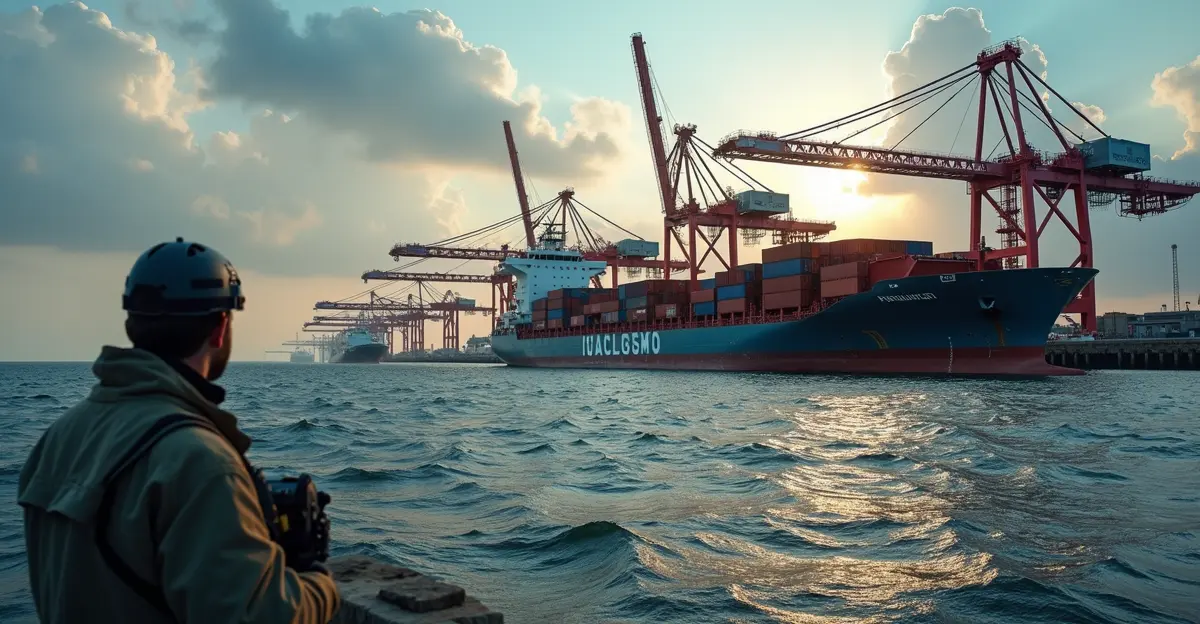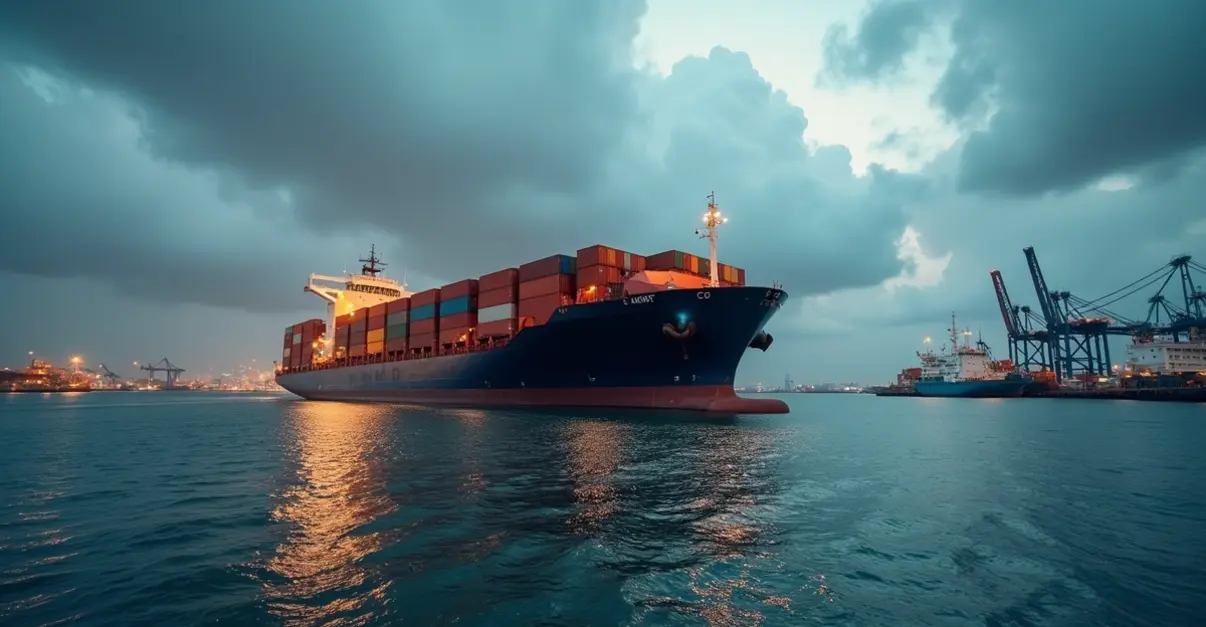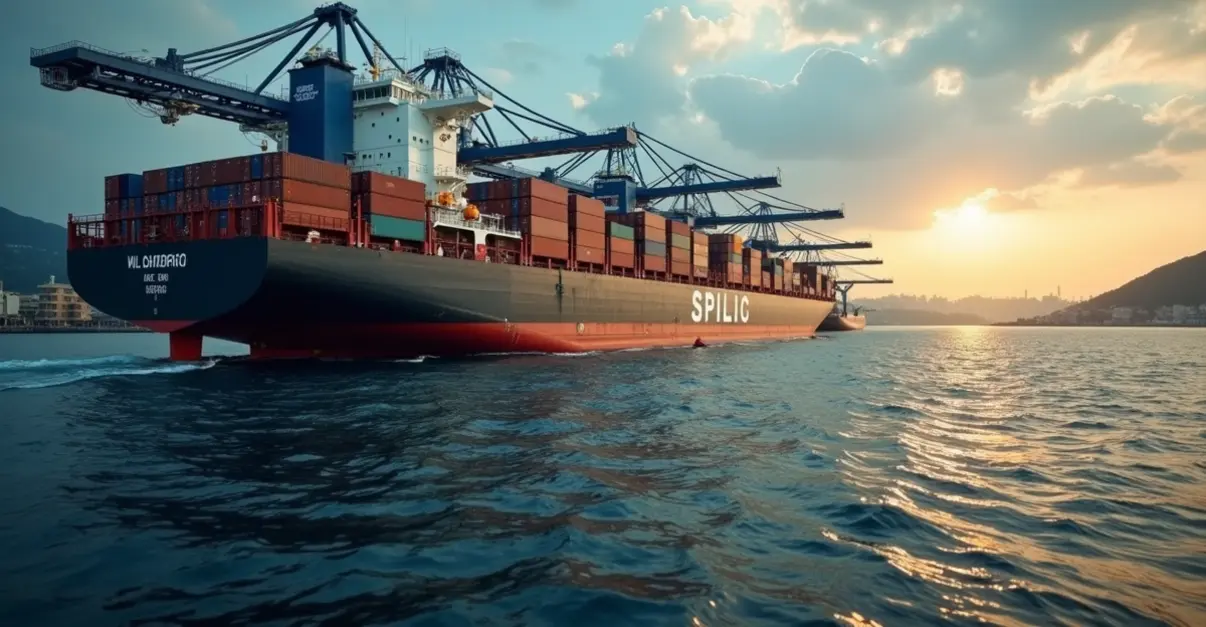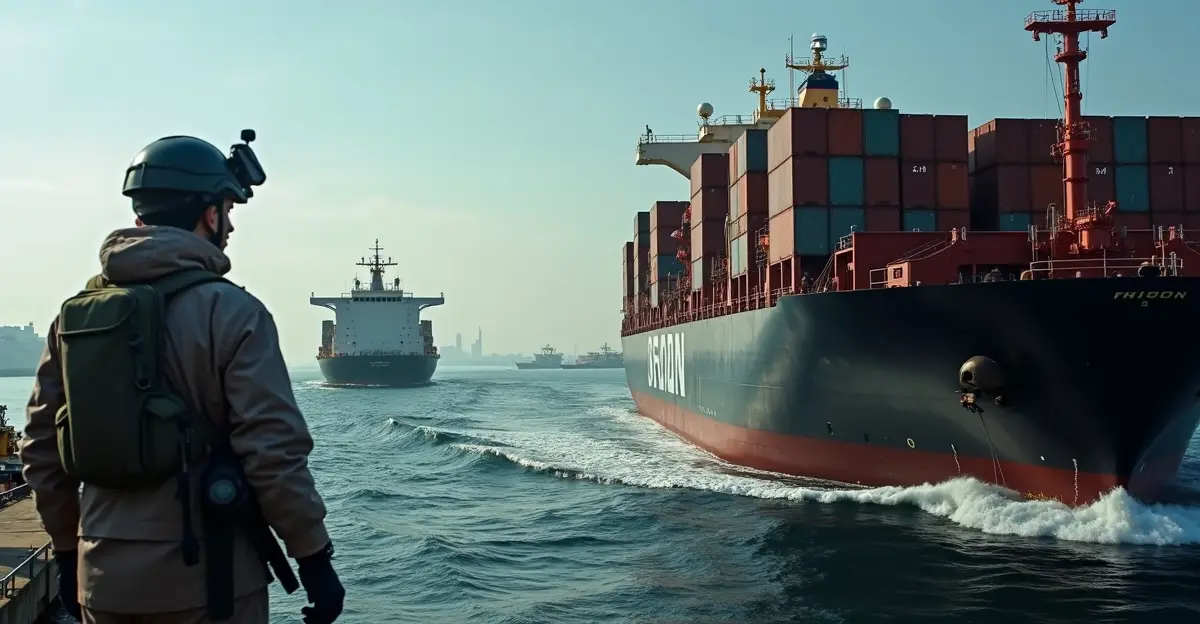Red Sea security crisis drives shipping insurance costs to record highs, forcing vessels to reroute around Africa's Cape of Good Hope. Global trade faces extended transit times and supply chain disruptions affecting multiple industries.
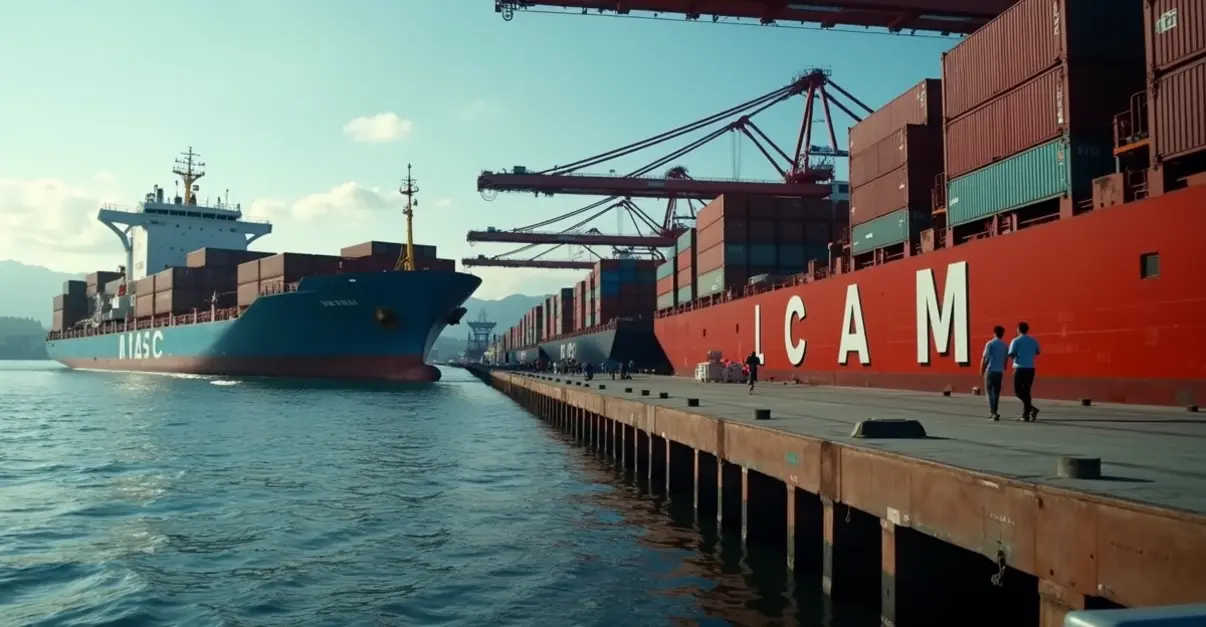
Red Sea Security Crisis Escalates Insurance Premiums
The ongoing Red Sea security crisis has triggered unprecedented increases in shipping insurance costs, with war risk premiums more than doubling in recent weeks. According to industry reports, insurance premiums have surged to approximately 1% of a vessel's value, up from no more than 0.4% before the latest wave of Houthi attacks. For a $100 million vessel, this translates to insurance costs jumping from around $300,000 to $1 million per voyage.
'We've never seen such rapid escalation in marine insurance costs,' says maritime insurance expert Sarah Chen from Lloyd's of London. 'The combination of direct attacks on commercial vessels and the broader geopolitical instability has created a perfect storm for insurance markets.'
Global Trade Rerouting Around Africa
The crisis has forced major shipping companies to implement extensive rerouting strategies, with vessels now taking the longer route around the Cape of Good Hope in South Africa instead of the traditional Suez Canal passage. This diversion adds 10-14 days to Asia-Europe journeys and has caused a dramatic 57.5% reduction in Suez Canal traffic, with transit volumes dropping from 4.0 million to 1.7 million metric tons daily.
Ocean Network Express CEO Jeremy Nixon confirms that 'shipping reroutes around the Cape of Good Hope are expected to continue well into 2025 as the industry adapts to ongoing disruptions.' This strategic shift represents a significant adaptation by the shipping industry to maintain global trade flows despite increased transit times and operational costs.
Economic Impact on Global Supply Chains
The Red Sea crisis has severely disrupted global trade through one of the world's most vital maritime corridors. Since November 2023, over 190 attacks by Houthi militants have targeted commercial shipping, with the group declaring that any Israel-linked ship is a target, though they have also attacked vessels with no connection to Israel.
The economic consequences are far-reaching. 'We're seeing significant impacts across automotive, electronics, and agriculture sectors,' notes supply chain analyst Michael Rodriguez. 'Some manufacturers have already experienced production halts due to delayed components, and the increased costs are inevitably being passed along to consumers.'
According to the Atlas Institute analysis, the crisis has led to soaring freight rates and insurance costs, contributing to inflationary pressures in global markets. The extended transit times have created bottlenecks in supply chains that were already strained by post-pandemic recovery challenges.
International Response and Future Outlook
In response to the escalating threat, international naval coalitions including the US-led Operation Prosperity Guardian and EU's Operation Aspides have been established to protect commercial shipping. However, attacks have persisted despite these military measures, highlighting the vulnerability of global maritime chokepoints.
The situation has prompted calls for enhanced maritime security technologies and diversified trade routes. 'This crisis underscores the need for building more resilient supply chains,' says geopolitical risk consultant Dr. Amina Hassan. 'Companies can no longer rely on single maritime corridors without robust contingency planning.'
With shipping routes expected to remain diverted around the Cape of Good Hope until at least August 2025, according to industry forecasts, the shipping industry faces a prolonged period of adaptation. The continued use of alternative routes through 2025 indicates that the underlying geopolitical issues causing these diversions are not expected to be resolved in the near term.
The Red Sea crisis serves as a stark reminder of how regional conflicts can rapidly escalate into global economic challenges, affecting everything from consumer prices to corporate profitability across multiple industries worldwide.

 Nederlands
Nederlands
 English
English
 Deutsch
Deutsch
 Français
Français
 Español
Español
 Português
Português




